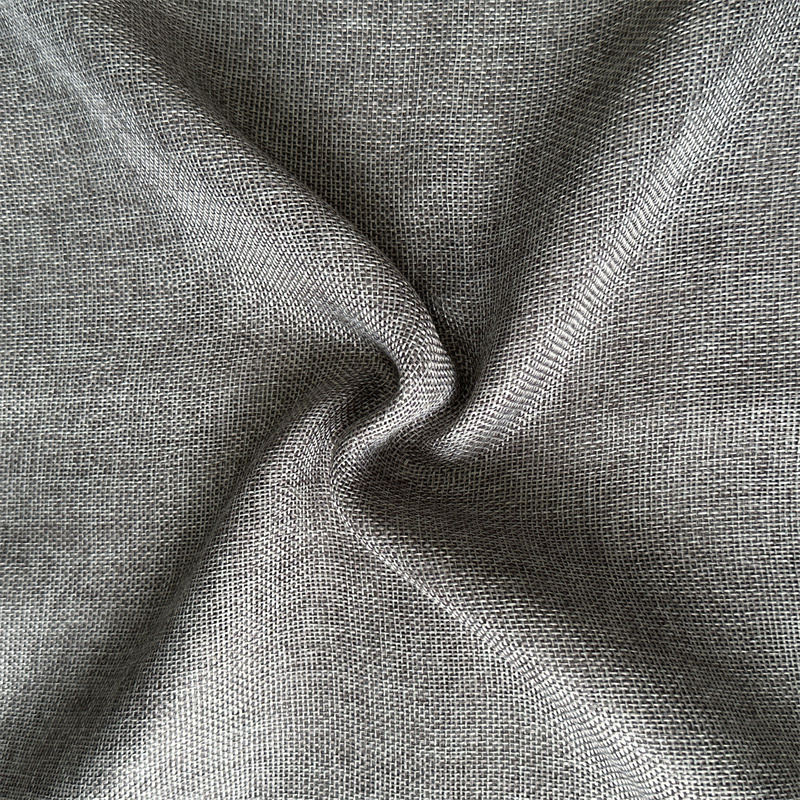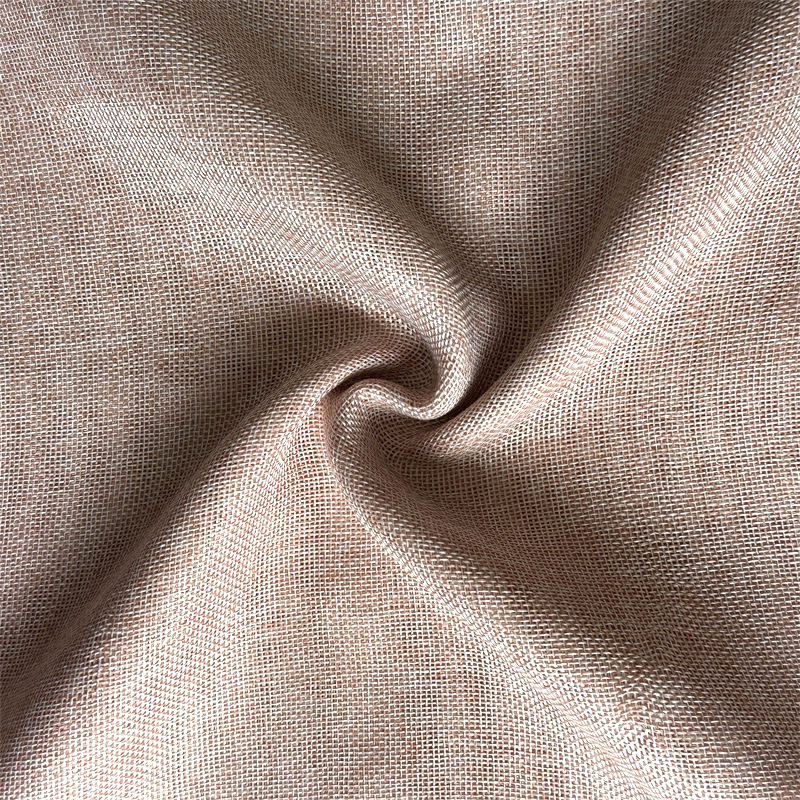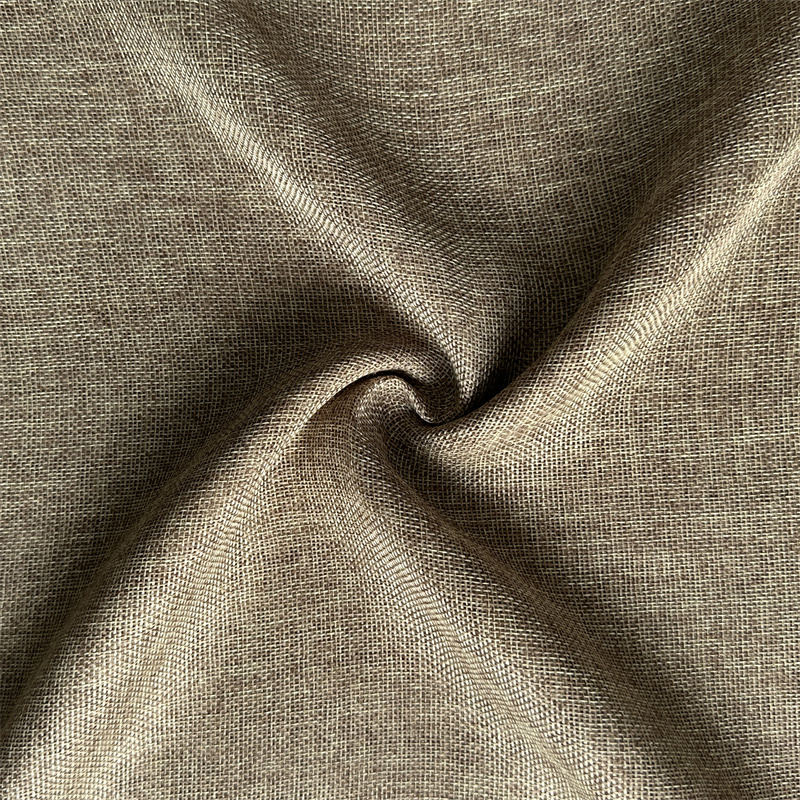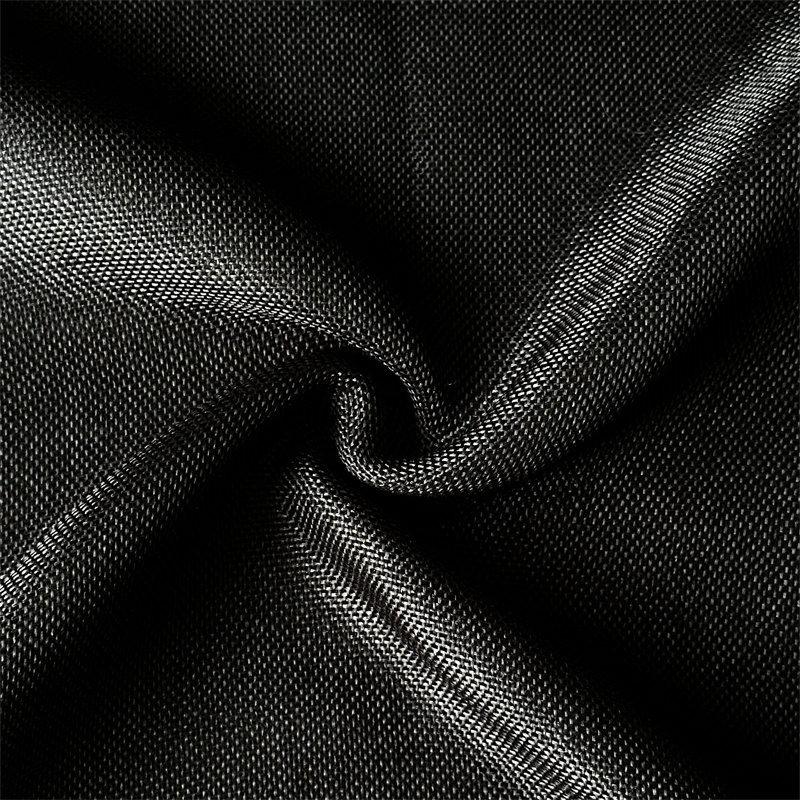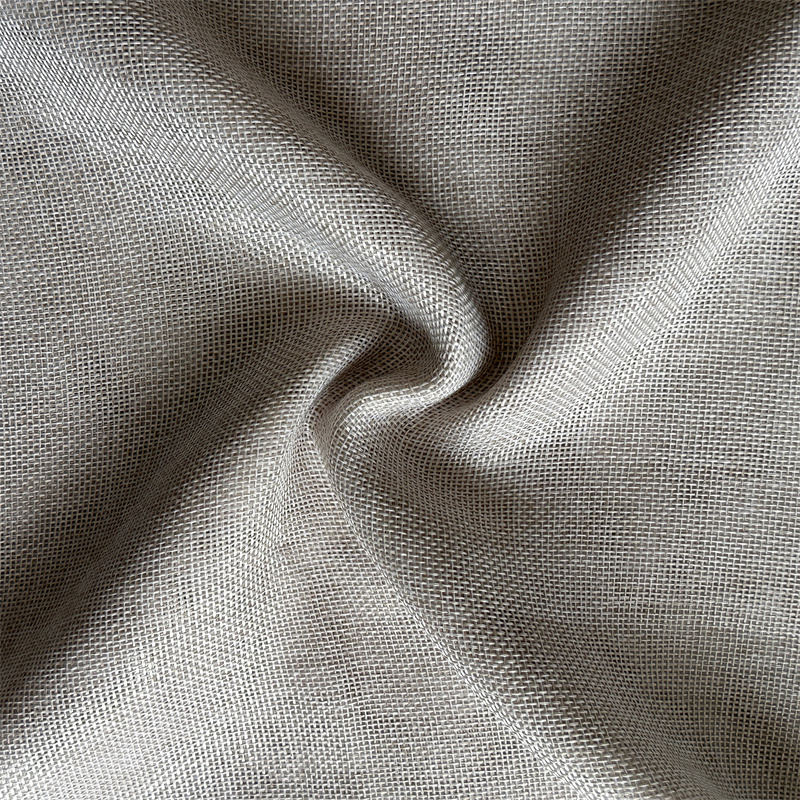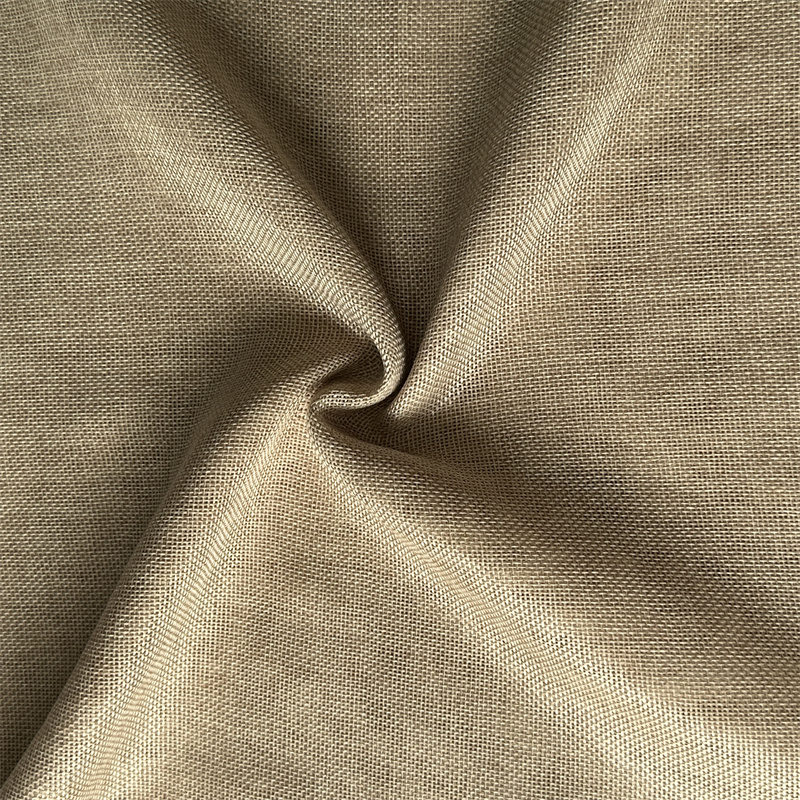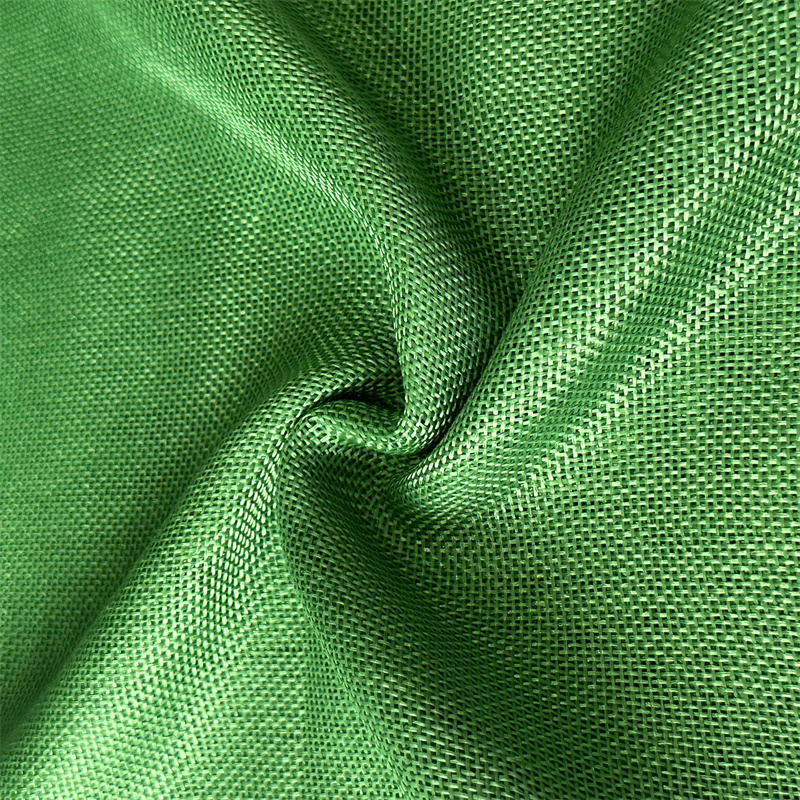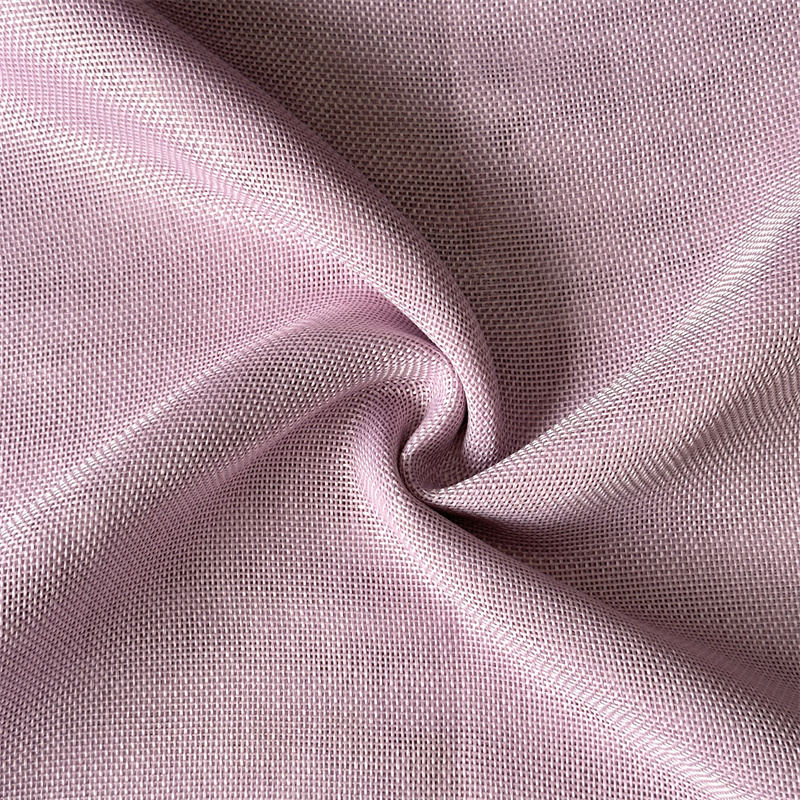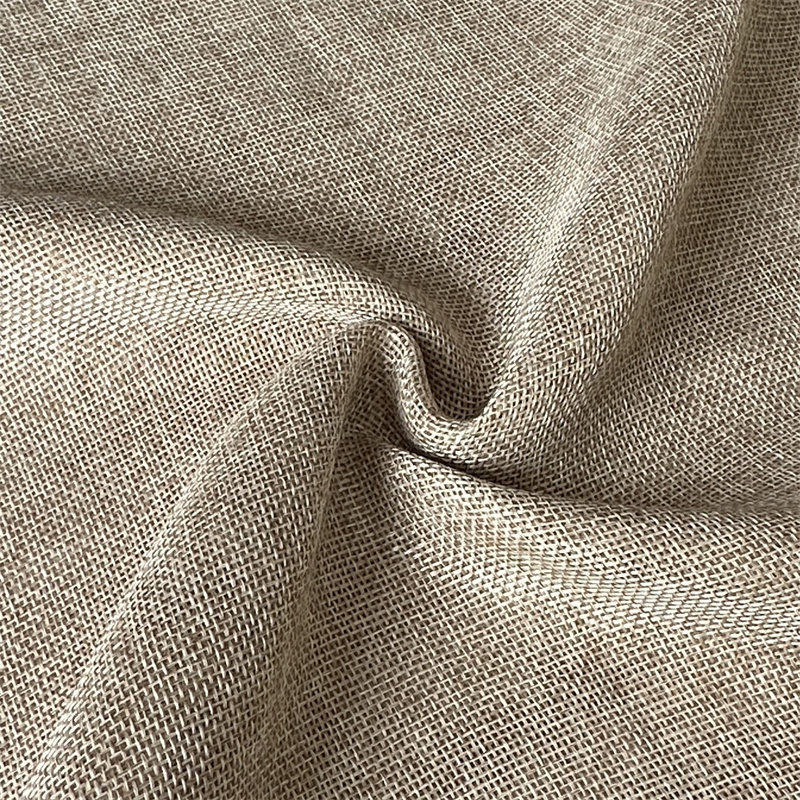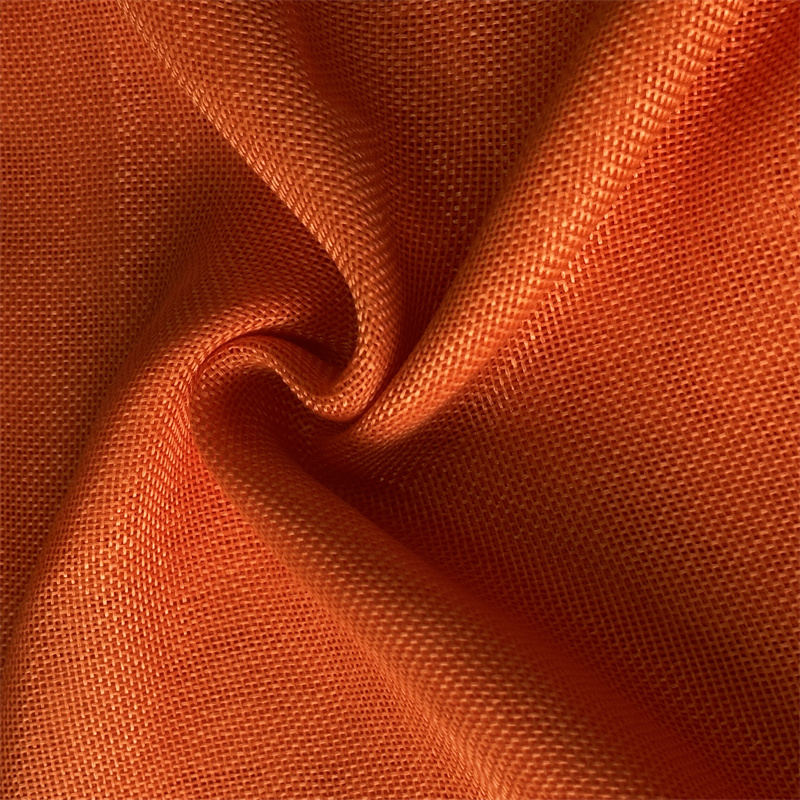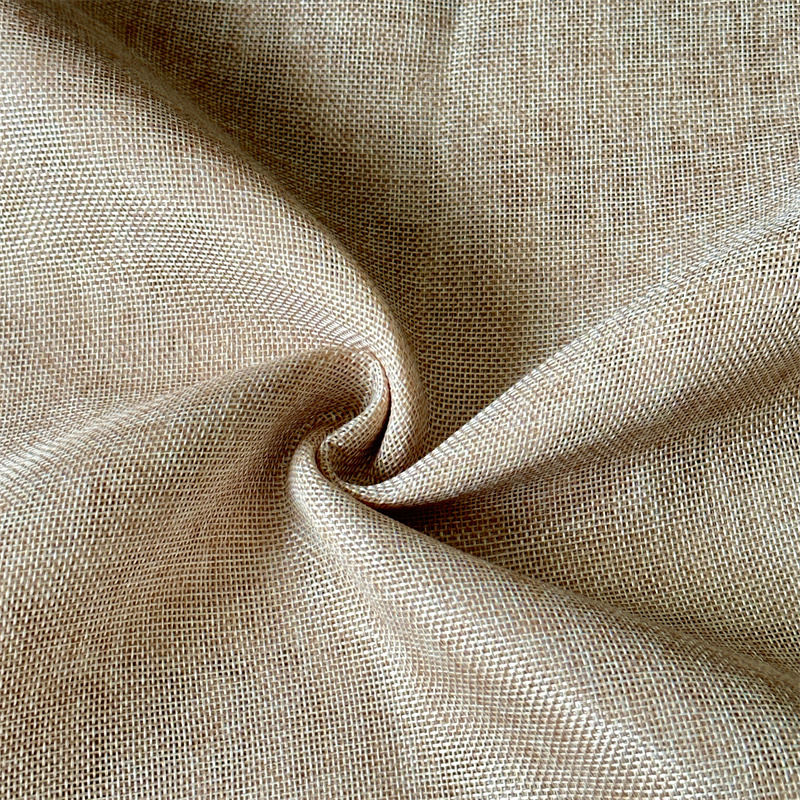Silk has long been considered one of the most luxurious and elegant fabrics in the world, admired for its natural sheen, smooth texture, and lightweight feel. However, due to its high cost and delicate nature, many consumers and designers turn to imitation silk fabric as a practical alternative. While imitation silk offers a similar visual appeal and touch, the two fabrics differ significantly in terms of structure, fiber composition, and, importantly, care and maintenance requirements.
Understanding these differences is essential for both consumers and textile professionals. Proper care not only preserves the beauty of the fabric but also extends its lifespan. This article explores the distinctions between imitation silk and real silk and examines how their care and maintenance differ in everyday use.
1. Composition of Real Silk vs. Imitation Silk
Real Silk
- Derived from the natural protein fiber spun by silkworms.
- Consists mainly of fibroin, a protein that gives silk its strength and lustrous appearance.
- Natural fibers are highly sensitive to light, chemicals, and environmental conditions.
Imitation Silk
- Typically made from synthetic fibers (such as polyester, nylon, or rayon) or semi-synthetic fibers like viscose.
- Designed to mimic the drape, shine, and softness of natural silk.
- These fibers are more chemically stable and less vulnerable to damage from everyday wear and washing.
Key Takeaway: The natural origin of silk makes it delicate and prone to damage, whereas imitation silk benefits from the resilience of man-made fibers.
2. Washing and Cleaning Methods
Real Silk
- Requires very gentle washing, often by hand in cold water with mild, pH-neutral detergents.
- Machine washing can damage the fibers, cause color fading, or result in shrinkage.
- Dry cleaning is recommended for many silk garments, especially those with embellishments, linings, or bright dyes.
- Avoid wringing or twisting silk to remove excess water. Instead, it should be gently pressed between towels to absorb moisture.
Imitation Silk
- More tolerant to machine washing, usually on a gentle or delicate cycle.
- Can withstand a broader range of detergents, though mild options are still recommended for longevity.
- Less prone to shrinkage and fiber breakage compared to natural silk.
- Air drying is preferred, but imitation silk can often handle low-temperature tumble drying without severe damage.
Key Takeaway: Real silk demands handwashing or dry cleaning, while imitation silk allows for easier machine washing and handling.
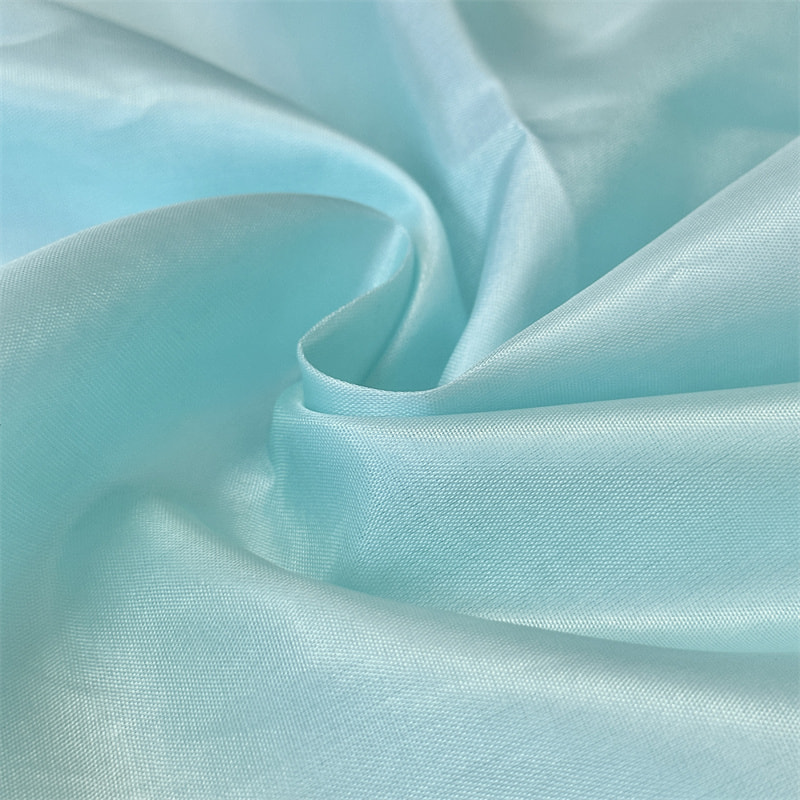
3. Stain Removal
Real Silk
- Extremely sensitive to harsh stain removers or bleach.
- Stains should be treated immediately with mild, diluted soap and water.
- Professional cleaning is often necessary for tough stains such as wine, oil, or ink.
- Exposure to water spots can sometimes alter the sheen of silk, creating permanent marks.
Imitation Silk
- More forgiving when it comes to stain treatment.
- Can withstand gentle scrubbing or the application of stain removers that would ruin real silk.
- Resistant to water spotting, making it easier to clean spills without lasting damage.
Key Takeaway: Stains on real silk require careful, delicate treatment, while imitation silk can handle more aggressive cleaning methods.
4. Ironing and Wrinkle Management
Real Silk
- Highly sensitive to heat, so ironing must be done at the lowest setting or with a protective cloth barrier.
- Excessive heat can scorch or yellow the fabric.
- Silk should ideally be ironed while slightly damp to minimize the risk of damage and achieve a smoother finish.
Imitation Silk
- More resistant to heat and easier to iron, though medium to low settings are still advisable.
- Some types of polyester-based imitation silk are wrinkle-resistant, requiring minimal ironing.
- Less likely to burn, but high temperatures can still cause melting or a shiny “heat spot” on synthetic fibers.
Key Takeaway: Real silk requires very low heat and delicate handling when ironing, while imitation silk is more heat-tolerant and less prone to permanent wrinkling.
5. Durability and Wear Over Time
Real Silk
- While strong for its weight, silk fibers degrade when exposed to prolonged sunlight, sweat, or friction.
- Fading, weakening, and tearing are common if not cared for properly.
- Luxury garments often require limited use and special storage to maintain their condition.
Imitation Silk
- More durable against environmental stressors like sunlight and moisture.
- Less prone to fading, tearing, or yellowing over time.
- Better suited for everyday use in clothing, upholstery, and home textiles.
Key Takeaway: Real silk is delicate and requires cautious handling, while imitation silk is more durable and practical for daily use.
6. Storage Requirements
Real Silk
- Should be stored in cool, dry, dark conditions to prevent fiber degradation.
- Breathable storage bags (such as cotton or muslin) are preferred over plastic to avoid moisture buildup.
- Moth protection may be necessary, as natural fibers attract insects.
Imitation Silk
- Requires less stringent storage conditions.
- Can be stored in standard closets without significant risk of insect damage or environmental degradation.
- More resistant to humidity and light exposure.
Key Takeaway: Real silk needs controlled storage conditions, while imitation silk can be stored with minimal special care.
7. Cost and Care Investment
Real Silk
- Higher initial cost for garments and textiles.
- Additional ongoing costs for dry cleaning and specialized maintenance.
- More suitable for luxury wear, occasional use, or decorative applications where beauty outweighs practicality.
Imitation Silk
- Lower purchase cost, with more accessible care requirements.
- Minimal professional cleaning expenses, as most items can be laundered at home.
- Well-suited for everyday clothing, home décor, and applications where affordability and ease of care are priorities.
Key Takeaway: Real silk is expensive to both purchase and maintain, while imitation silk offers cost-effective elegance with lower care demands.
8. Applications and Suitability
Real Silk
- Best for high-end fashion, evening wear, bridal gowns, luxury bedding, and accessories.
- Chosen where natural sheen, prestige, and authenticity are valued.
Imitation Silk
- Commonly used in affordable fashion, scarves, ties, upholstery, curtains, and bedding.
- Preferred where practicality, durability, and easy maintenance are more important than authenticity.
Conclusion
The care and maintenance of imitation silk fabric differ significantly from real silk due to their structural and chemical composition.
- Real silk requires careful handwashing, low-heat ironing, delicate stain removal, and controlled storage to preserve its beauty. It is best suited for luxury garments and special occasions where its natural elegance can shine.
- Imitation silk, by contrast, offers a lower-maintenance alternative. It withstands machine washing, resists stains more effectively, endures higher temperatures, and demands less careful storage. Its affordability and practicality make it an attractive choice for everyday clothing and home textiles.
Ultimately, the decision between real silk and imitation silk comes down to priorities. For those who value natural luxury and are willing to invest in meticulous care, real silk is unmatched. For consumers seeking beauty combined with convenience, imitation silk offers a versatile and accessible option.


 中文简体
中文简体 Español
Español